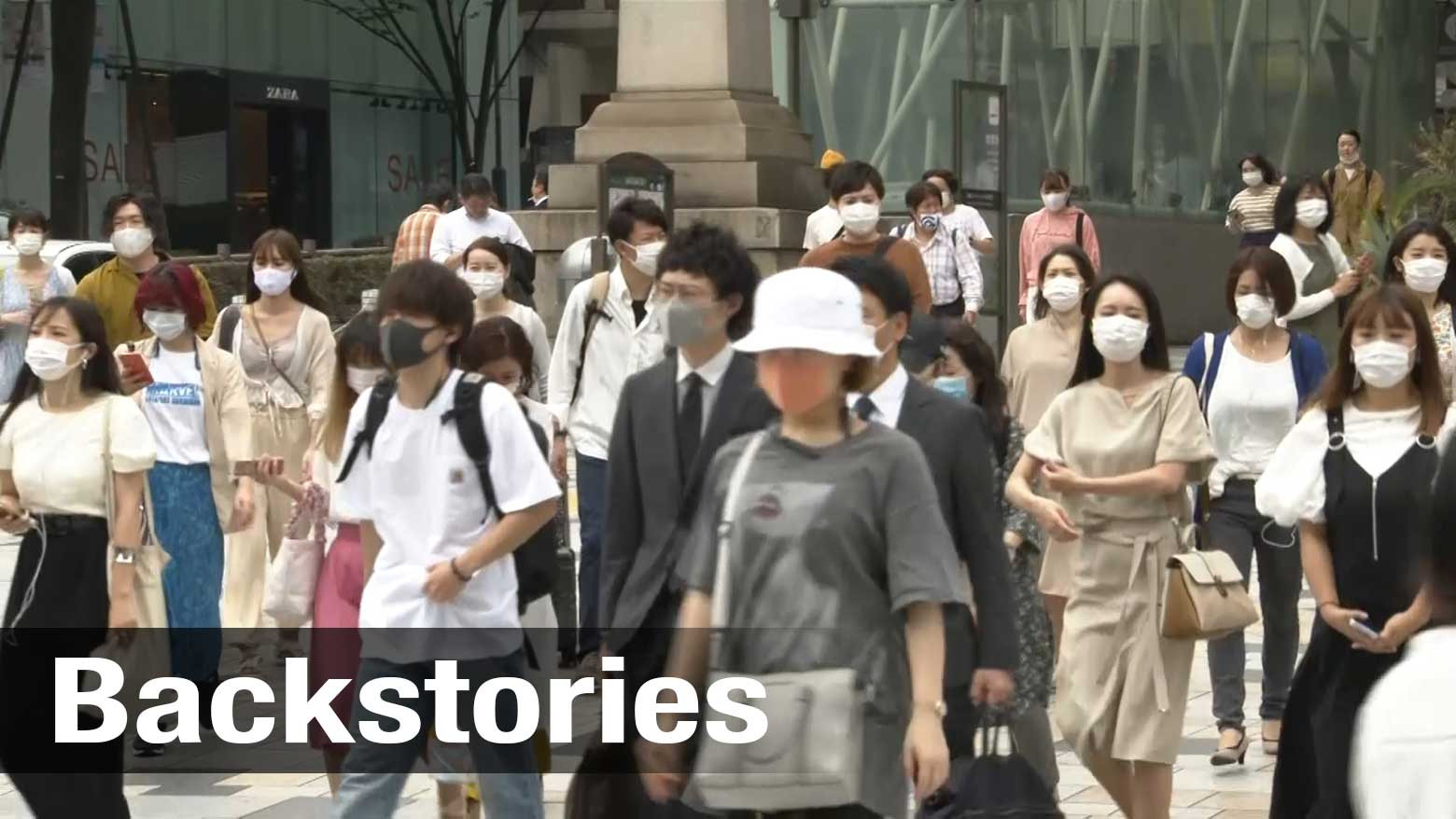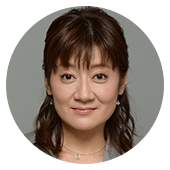Tokyo becoming hotspot again
Tokyo has recorded six straight days of over 100 new cases through July 7th. The total number of infections in the city has topped 7,000.
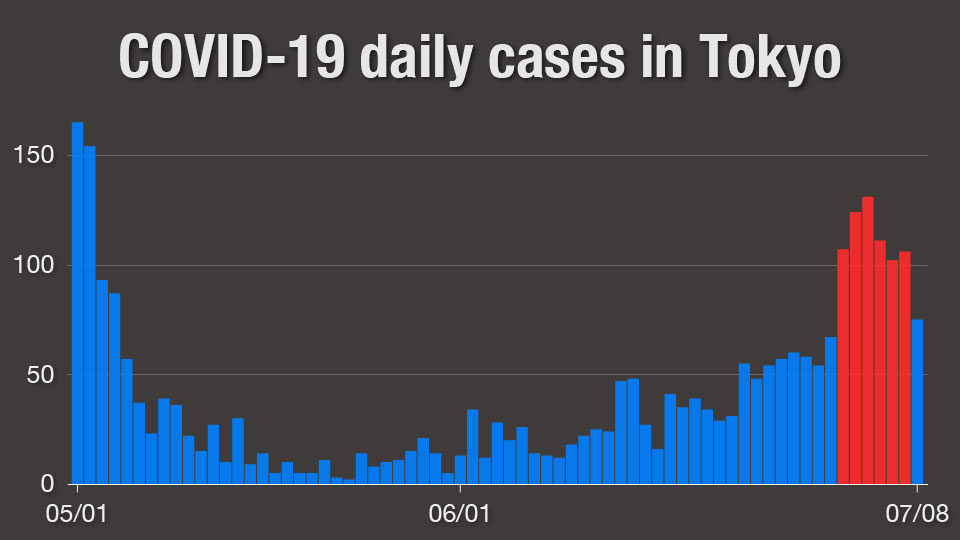
Dr. Morishima Tsuneo of Aichi Medical University is one of Japan's leading medical virologists. He says the surge after the end of the state of emergency in late May is cause for concern.
Morishima says the virus has upended expert assumptions. “It was first thought that the virus’s infectious capacity would decrease with climate factors, such as warmer weather or humidity. But the current trend happening not only in Japan but in many other parts of the world shows this isn’t the case.”
Morishima says the current increase in cases in Tokyo happened because the state of emergency was lifted before the infection was brought fully under control.
He analyzed specific places where cases have been recorded.
“One of the major sources of infection is Shinjuku or Ikebukuro. Clusters have been observed in nightlife areas, and many of the infected are in their 20s and 30s.”
While this demographic may be more resilient against the virus, Morishima says the country needs to have thorough contact tracing to keep the virus from spreading to vulnerable populations.
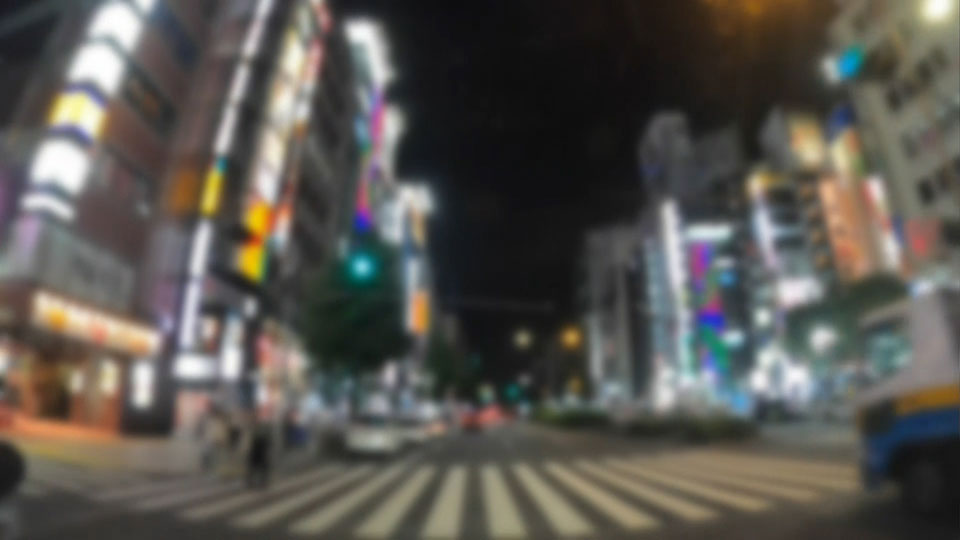
“We should be careful not to let clusters spread the virus to the elderly, hospitals, or rural areas outside Tokyo with less medical capacity.” Morishima warns that “If this appears to be happening on a large scale, it may be necessary to reintroduce restrictions.” He also says the Tokyo Metropolitan Government should be taking the utmost precautions to contain the virus within the city.
Last week, large-capacity venues like Tokyo Disney Resort began welcoming back visitors. Morishima says he understands the government’s push to reopen, but he believes a comprehensive and transparent plan is vital.
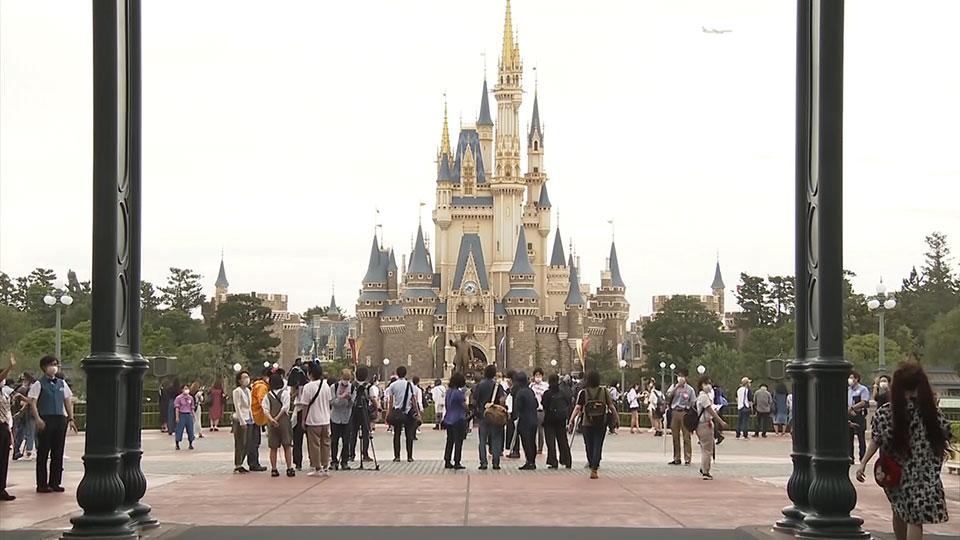
Clear index needed
“Japanese officials have not discussed scientific figures lately,” he says. “I'm concerned that the country has shifted its focus to encouraging more social and economic activities. We need a clear index that shows where we are, and have decisions that are guided by concrete numerical targets.”
Morishima urges officials and people to talk more about R, the effective reproductive number of the virus. Typically, it’s a figure below one if the disease is controlled or not spreading very quickly. If R is one, then one person will pass the virus on to one more person on average.
He says Germany, which saw R surge late last month, has effectively used the figure to let the public know about the dangers. Morishima says Japan should follow the example and use data that people can easily understand.
More testing
Morishima believes that regardless of whether the government scales back or forges ahead with reopening, it is crucial to increase testing.
Japan has been stepping up efforts to boost the number of PCR tests, but Morishima says a new method called SATIC will soon be able to test large batches in just 30 minutes, giving frontline workers an efficient and expedient way to stem the outbreak.
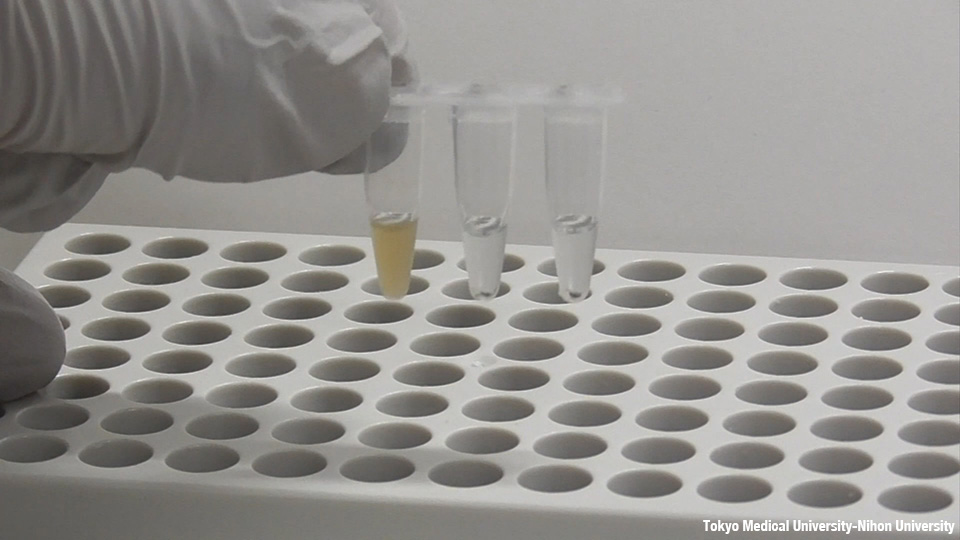
The method uses saliva samples heated to 95 degrees for roughly two minutes that are added to a reagent. Samples containing the virus will change color. Inspectors would not need to check the results without the use of a detector device.
Morishima says the method will boost Japan’s testing capacity and detect the virus with the same precision level as PCR.
Morishima notes that the emergency measures Japan implemented had an unprecedented impact on the country’s economy. He admits that putting in place draconian measures wouldn’t be the best choice even if the surge continues.
He says careful monitoring, increased testing and mild restrictions should help to contain the virus while still allowing the economy to recover.
